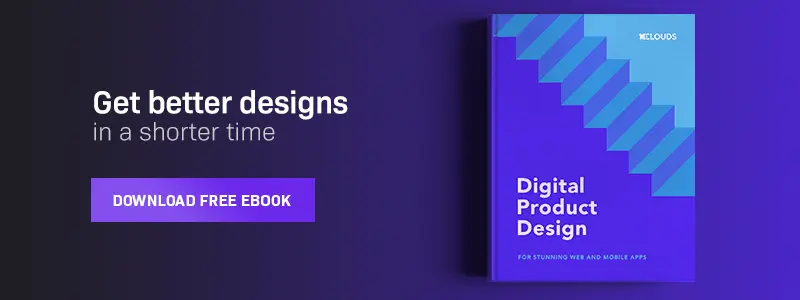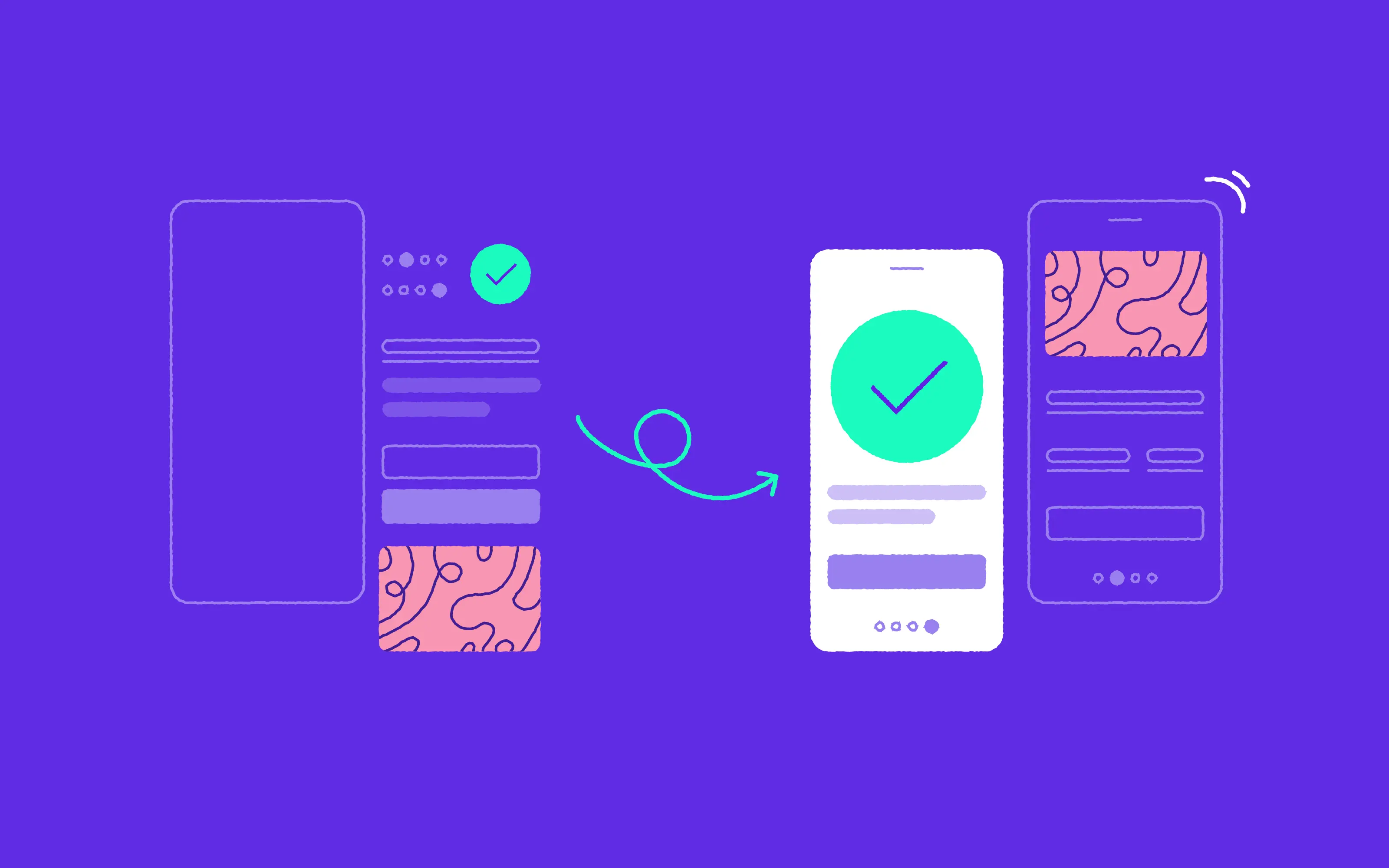
Usability is one of the basic attributes of a product. It refers to how easy your service is to use. Testing usability is an obligatory phase in a product development process.
The easiest way to conduct a usability testing process is by watching your users in action. It’s effective but brings some challenges as well. I want to present three of them you should especially remember about.
1. Prepare materials of an adequate quality
When preparing a test, the researcher has to define the scope, scenarios, test duration, the number of participants and the means of recruiting them. The location dictates whether it’s going to be in-person, remote or online testing. However, the biggest challenge is to prepare the materials for testing. The performance depends on the development stage, and the methods of testing depend on the case.
For example, one of my projects required three different methods of testing at the stage of maintenance. When it was about new mechanisms, simple interactive mockups worked fine. But when it came to specific visual aspects and the way certain multiple elements were displayed, static high-fidelity UI designs were the best option. Sometimes the fastest and the most efficient way was to implement the feature into the test environment.
My friend Kamil faced a different challenge. He was responsible for the designs of a mobile application created for a client in the USA. The product was still at the concept stage. What Kamil had to do was to produce fully-interactive high-fidelity prototypes so that the client could conduct all the tests on their own. It took a lot of work to protect the prototypes from all edge cases. Kamil spent a good few days on preparing the first iteration.
2. Recruit the right participants
This is probably the second most challenging part. The right participants are the key to valid test results. The perfect scenario is that you get a representative sample for every target population. It’s always best if the client has access to his/her own users, or if the designer has direct access to the users. If can’t get the access, you’ll need to spend additional time before you find participants, or you may even need to hire a recruiting agency in the end. The whole process can take up to a few weeks.
The number of participants is also important. The good news is that about five to six representative individuals from every target group are absolutely enough for the study to remain robust enough. Especially when you work in iterations. This is why the assumption some people make that usability testing needs a huge budget is invalid.

Source: Nielsen Norman Group
If – for any reason – you just can’t get the right participants, you should still conduct the tests with people outside of the target group. You will at least discover and fix the most fundamental mistakes, which is always better than nothing. That said, I will emphasise once more: finding the right people for usability testing is the best thing you can do for your product to succeed.
3. Enjoy the silence
Finally, it’s time to actually run the test. You turn on the recordings, give your participant the scenarios, and watch. Everything seems to be going smoothly… But for one tiny detail. It appears that refraining from interacting with the user and keeping your mouth shut is the biggest challenge. There are always dozens of moments when you desperately want to tell the participant where to click or what your point was when you made the designs.
Don’t! You will just have to bite your tongue and take all the mistakes on your chin. If it helps, treat it as an investigation and play a detective. Believe me, I know it’s hard. This is one of the many reasons why UX research professionals are in such a demand at the moment. Since they don’t make the actual designs, they detach themselves from the situation and don’t take the mistakes personally. There’s another piece I wrote about user research in case you want to learn about the role of silence in the life of a UX designer.
Summary
Usability testing is essential if you want to be sure that your users won’t struggle while interacting with your service. In the long turn money talks, so tests conducted before the implementation phase can protect you from unnecessary future costs and bitter surprise.
Fun fact. One episode of the ever-funny Silicon Valley (season 3, episode 9) was dedicated to facing feedback from usability tests and focus groups. Highly recommended!



